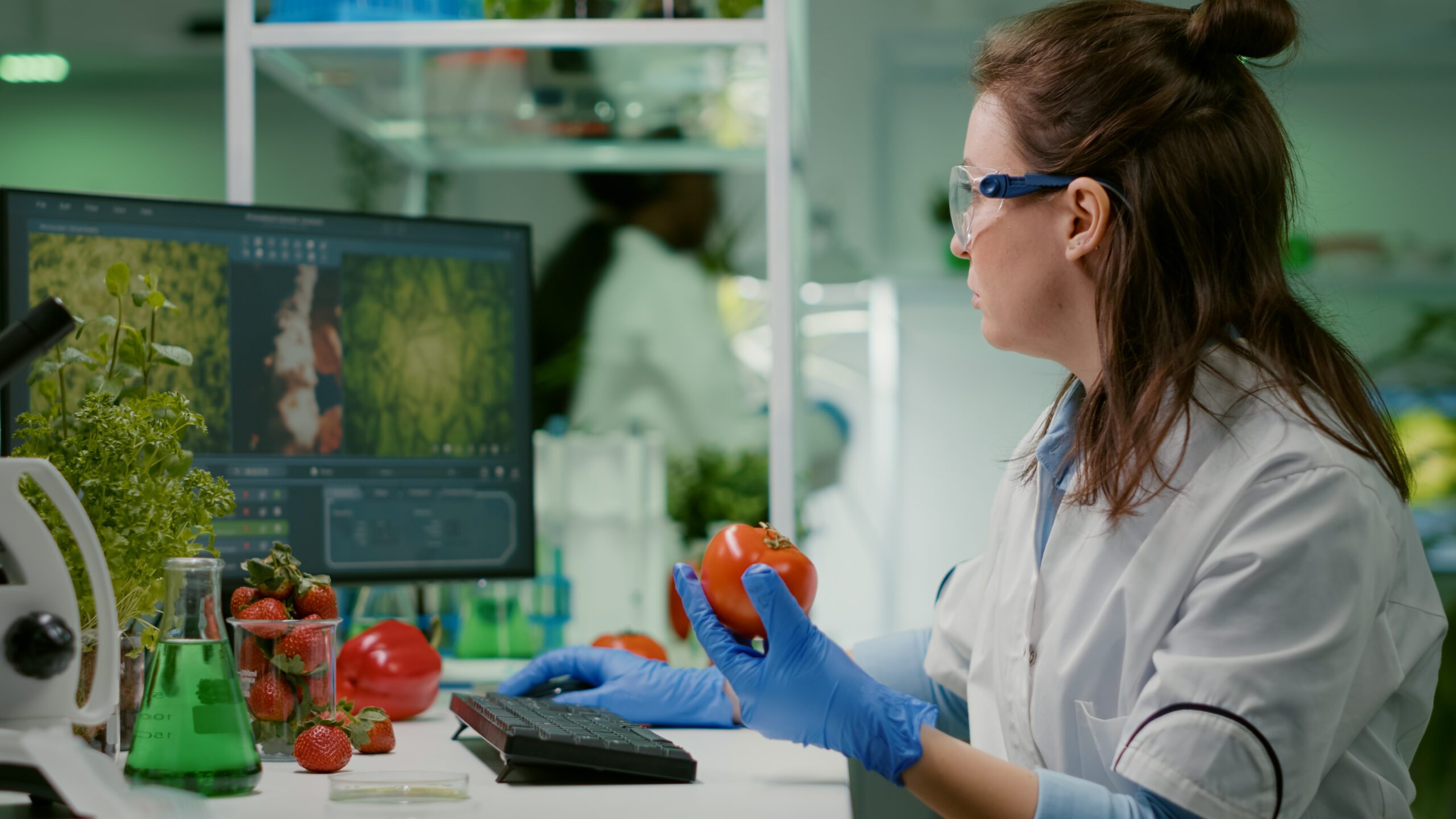Taste and price still matter, but shoppers increasingly ask how their food reaches the plate. Processing plants now track every gallon of water and kilowatt of energy, aiming to cut waste while holding margins. In the context of sustainable manufacturing in the food industry, that means refining each step—from sourcing grain to sealing cartons—so today’s production doesn’t compromise tomorrow’s resources.
Benefits of sustainable manufacturing
A food‑manufacturing line earns the label when it satisfies three tests:
- Environmental soundness — smaller draws on water and power, minimal chemical runoff, and reduced landfill waste.
- Economic viability — trimmed utility bills, measured material efficiency, and steady long‑term margins.
- Social responsibility — safe working conditions plus suppliers committed to fair labor and low‑impact farming.
Balancing those targets builds resilience against commodity swings, climate shocks, and evolving regulations.
Why momentum keeps building for sustainable manufacturing in food industry
Water costs rise, drought threatens supply, and single‑use‑plastic bans tighten worldwide. Regulators demand greenhouse‑gas disclosures, and lenders attach interest rates to verifiable ESG data. Companies that ignore sustainable manufacturing in the food industry risk higher borrowing costs and shrinking shelf space.
On the upside, resource‑efficient boilers, heat‑recovery loops, and LED lighting slice thousands of kilowatt‑hours a month. Water‑free steps eliminate discharge fees, while upcycling by‑products turns disposal expense into revenue. Brands that publish audited data earn consumer trust and meet carbon‑reporting laws ahead of schedule.
Clear benefits for the plant and brand
Resource‑efficient boilers, heat‑recovery loops, and LED lighting shave thousands of kilowatt‑hours monthly. Water‑free processes eliminate discharge fees; up‑cycling by‑products trims disposal costs. Chemical‑free fractionation yields ingredients suitable for clean‑label claims. When firms post audited numbers, they gain consumer trust and meet emerging carbon‑reporting laws ahead of schedule.
How to Implement Sustainable Manufacturing in Food Production
- Audit energy to isolate motors and chillers driving most of the bill.
- Adopt water‑saving tech—dry electrostatic separation avoids water use and drying costs.
- Install smart meters so IoT valves flag leaks before costs climb.
- Upcycle by turning spent grain or husks into soil amendments or in‑house fuel.
- Rethink packaging with single‑material films, fiber trays, and refill formats.
- Source responsibly by linking contracts to regenerative methods and third‑party audits.
- Shift to renewables through on‑site solar or wind power purchase agreements.
- Engage employees and buyers—staff who shape goals champion them; public dashboards build shopper confidence.
Technology spotlight: ST Equipment & Technology’s dry food separator
Traditional plant‑protein extraction relies on solvents and wash water. ST Equipment & Technology (STET) replaces that model with a dry electrostatic process that splits milled flour into protein‑ and fiber‑rich streams—no water, no chemicals. Other advantages include:
- zero wastewater generation or solvent residue
- continuous capacity up to 15 t/h, retrofit‑friendly to existing lines
- Helps support gluten‑free, allergen‑free, and GMO‑free fractions that suit clean labels
- compact footprint and low maintenance, minimizing downtime
- full support from lab testing to pilot trials and plant integration
By removing water, processors ease compliance with discharge limits and gain higher‑purity ingredients that command a premium in plant‑based foods.
Tracking real progress with clear metrics
Intentions are best accompanied with hard numbers, and leading processors publish data each quarter so auditors and retailers can track trends, not slogans. Five indicators anchor most reports:
- Energy intensity—kilowatt‑hours and process‑fuel therms per ton of product reveal whether retrofits pay off.
- Water balance—total gallons drawn, treated, and reused; a falling ratio confirms impact from dry processes or valve fixes.
- Waste profile—tons sent to landfill versus tons recycled or converted to feed or fuel demonstrates circularity in action.
- Greenhouse‑gas footprint—Scope 1 and Scope 2 emissions, reported in CO₂‑equivalent, drop when plants tie into renewable contracts.
- Supplier scorecards—third‑party labor and land management audits ensure environmental gains extend beyond the gate.
Posting year‑over‑year numbers builds credibility with investors, certification bodies, and end buyers.
Turning barriers into practical wins
Every facility faces similar hurdles, yet each carries a workable fix:
- Capital cost slows upgrades. Green bonds, utility rebates, and shared‑savings contracts spread or offset payments.
- Data gaps hide waste until submeters break down usage by line and shift; the savings uncovered often pay for sensors in a single budget cycle.
- Cultural pushback fades when frontline teams propose projects and share bonus pools tied to resource savings. One beverage plant’s employee‑led “find the leak” contest cut annual water use by 18 percent.
- Permitting complexity hampers change. Processes that skip water and solvents, such as STET’s food separator, simplify regulatory steps by sidestepping new discharge permits.
Where industry studies see growth
Analyst reports from McKinsey, the World Packaging Organisation, and major ingredient suppliers highlight three R&D priorities: plant‑based proteins, low‑carbon transport corridors, and circular packaging. Early adopters gain supply‑chain resilience and stronger consumer loyalty, while firms delaying upgrades face steep retrofit costs under emerging climate and packaging rules.
Extending gains beyond the front gate
Distribution networks matter. Electric or biofuel fleets, route‑optimization software, and rail‑to‑warehouse corridors shrink emissions and fuel spend together. Warehouses topped with solar arrays and smart LEDs cut kilowatt‑hours per pallet. Some firms test river barges for bulk goods, halving truck miles on key lanes.
From idea to standard practice
Sustainable manufacturing now steers day‑to‑day operations. Start with an energy audit, adopt resource‑light tech like STET’s dry separator, and share audited metrics. Document goals, verify results, and invite third‑party review. Each incremental gain compounds into a durable market edge, proving that feeding the world can align with protecting it.
Start Your Journey with STET
With ST Equipment & Technology, manufacturers have the tools to unlock new possibilities in food and feed production. Our water-free, chemical-free electrostatic technology ensures industry-leading protein yields with minimal environmental impact.
